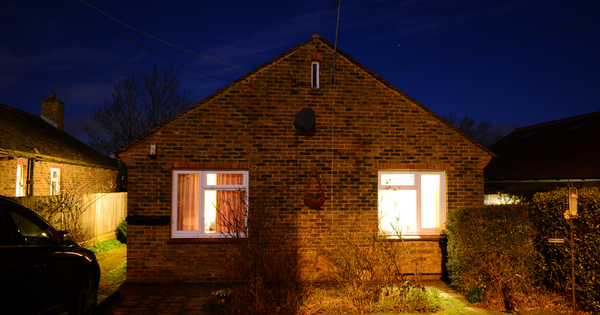
Boiler Upgrade Scheme: Applications grow by 46 per cent year-on-year
Business Green 2 years ago

0
0
0
Latest monthly stats for flagship heat pump grant scheme published, as trial for hydrogen heating systems delayed in Scotland
→ View Full Article
layersDaily Sustainability Digest
Published about 1 hour ago
The European Union’s confirmation of a binding 90% emissions reduction by 2040 redefines environmental sustainability in construction and cements net zero Whole Life Carbon as a market imperative. The built environment must adopt Whole Life Carbon Assessment as standard practice, integrating embodied carbon accounting across procurement, design and operation.
Show MorearticleFeatured News
article


EU Deforestation Regulation Postponed By One Year, Again
5 hours ago
article


Environmental Racism: A Global Overview
7 hours ago
article


EU Trade Getting Harder - British Chambers of Commerce
9 hours ago
article


Three business insights from 2025 that matter for the year ahead - British Chambers of Commerce
14 hours ago
article


Study: National UK newspapers accused of 'divorcing' net zero from climate change
14 hours ago
article


EU 2040 climate target confirmed with 90 percent emissions cut
15 hours ago
play_circleFeatured Videos
play_circle


How Solar Changed in 2025 (And What's Next)
7 days ago
play_circle


Greenwashing: Tricks & Real Examples of Corporate Deception
7 days ago
play_circle


Une entreprise vraiment durable est-elle possible? Pièges & exemples
12 days ago
play_circle


Ana Belizário: ‘Timber should be the material of choice in the global south’
13 days ago
play_circle


Why Coastal Cities Are Betting on Osmotic Power
14 days ago
play_circle


Bold, Beautiful and Energy Efficient, Highfield Ave
14 days ago
podcastsFeatured Podcasts
podcasts


CRE Market Trends for 2026 with Smith, Gambrell & Russell’s Rich Traub
12 hours ago
podcasts


Scaling High-Integrity Nature-Based Carbon Removal with re.green
23 hours ago
podcasts


Looking back at 2025 with the Construction News editorial team
1 day ago
podcasts


Beyond the Core: Building Data Centers in America’s Next Frontier
4 days ago
podcasts


Love of a Cold Climate
4 days ago
podcasts


Eliminating Energy Waste with Smart HVAC Optimization with Brad Pilgrim
6 days ago
Get your opinion heard:
Whole Life Carbon is a platform for the entire construction industry—both in the UK and internationally. We track the latest publications, debates, and events related to whole life guidance and sustainability. If you have any enquiries or opinions to share, please do get in touch.
eco
WLC Assistant
Ask me about sustainability











